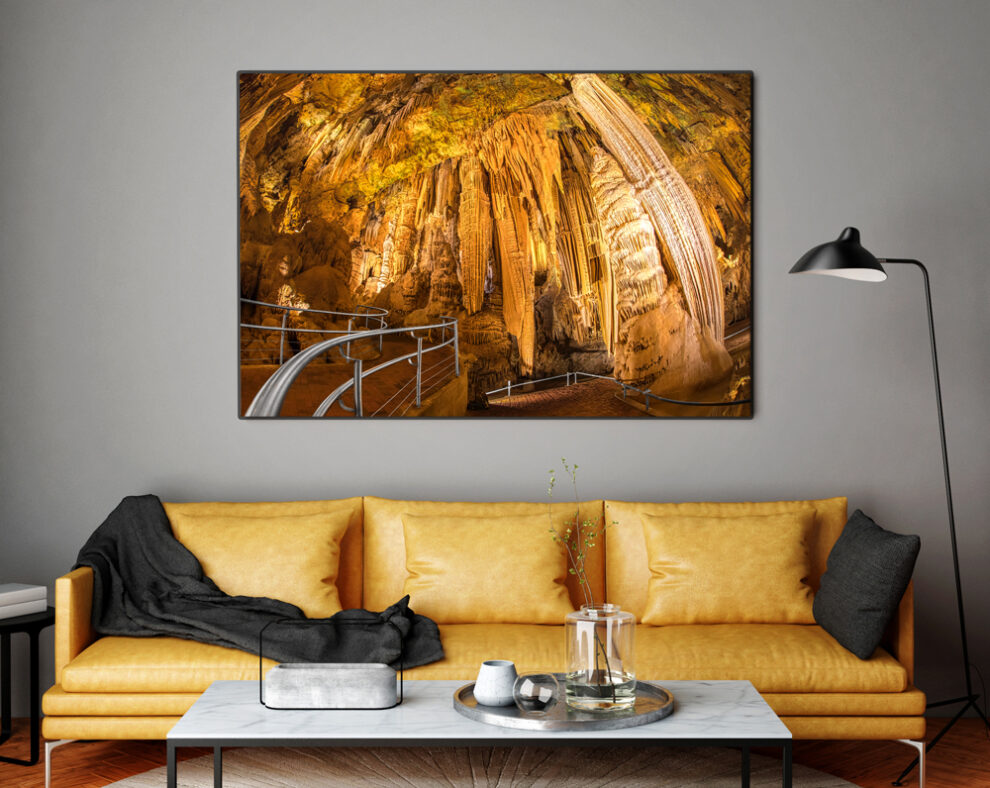The act of artistic creation is a personal thing. Other people—unless they happen to be our subjects—don’t often enter into the equation. All of the steps necessary to produce a photographic print, everything from the hours spent imagining shots and planning shoots, to the actual day of the shoot, and the post-processing that comes afterward are all things that we do on our own, for the most part. And because of this, it’s easy to get wrapped up in the imagery and sort of forget other people entirely.
But there comes a time when we have to stop and remember others. The simple truth is, all those other people? They’re our audience, our potential clients, and the people we may be selling prints to in the future. So if you plan to market your photography, it’s not enough to simply create images that you enjoy. You’ll also need to take your future audience into consideration so that you’re producing something that they have a reasonable chance of enjoying, too.
Subject material is only a small part of this formula. For the most part, whatever you photograph, as long as it’s photographed well, there will be an audience out there for those particular subjects. When it comes to making images ready for consumption by others, the larger part of the equation is actually the way you present those photographs. Let me show you what I mean.
First, Determine Your Audience
Audiences come in all shapes and sizes, so that’s the first and most important question to consider. Who is it that you’re planning to show or sell images to? The answer will play a big part in determining the final form that your images need to take.
For example, if you plan to market to galleries, what kind of galleries? Some enjoy displaying photography projects—a series of images, not necessarily printed to a truly large scale, that all tell a cohesive story. Others prefer large, single images, the kind of image you might see hanging above the sofa in someone’s home. But if you’re a portrait artist, then the vast majority of your prints will be smaller — 5x7s for albums along with a few 8x10s or 16x20s for your clients to display around their homes. And if you’re planning to create a photography book, then photographs might be even smaller yet, apart from a few that you leave larger for full-page spreads.
Photograph Sizing Determines Other Factors
Once you’ve identified your audience, and you’ve gotten a good idea of the kinds of print sizes you’ll be making, then it’s time to look at a couple of other factors. Gear is a big one. If you’re going to be creating enormous poster-sized prints, then you’ll need the camera, lenses, and software to match. That means you’ll need to plan and save around your eventual prints. However, if you’re creating images on a smaller scale, then most modern mid-range to high-end DSLRs will work just fine for you, so camera choices are a matter of personal preference.
As you’re composing images, too, it helps to think about detail and complexity as it relates to the future size of the image. More detail isn’t always a good thing in small prints, not if it requires that the average viewer squint and scrutinize in order to make out those details. In the planning and photographing phases, if you think the print will need to be small, you may want to keep it simpler. Larger prints, on the other hand, make it easier to see all the small things, so here, you can get away with layering in added detail and more complexity as you see fit.
With that, it’s a wise idea to think about the potential viewing distance of an image. Where is it likely to be displayed? In an 8×10 image designed to hang over someone’s mantle, it will be difficult to make out finer details from across the room. People will need to get closer to the image to really study those details, and not all viewers will do that. But a 20×30 image designed to hang over the mantle—here, more details will be clear because of the image’s increased size. This is why it’s good practice to keep in mind what your audience is likely to do with your images because in knowing how they will view them, you can learn a lot about how to design them.
How to Package Your Prints
Another important consideration is the final form the print will take. This is not so much in regards to sizes and crops, but more, how you will package the image for display. So, for example, if you’re a portrait artist, then the first thing you’ll need is a website with a beautiful, easy to view gallery that doesn’t distract from your images—and you’ll need to create images with thoughts of digital display in mind. Too, you’ll also likely be making prints for your clients and perhaps even providing them with digital copies of the finished images. All of this needs to be taken into consideration in the planning, photographing and post-processing stages.
And if you’re targeting galleries, a website may be less important (though you’ll still probably want one, anyway). But for the most part, you’ll likely want to present galleries with finished prints, which means matting and framing rather than simply showing them digital copies.
For things like books, you’ll need to consider both text and page layout. On top of that, paper textures and finishes can affect the way photographs look. As you can see, there are lots of different ways to present photographs, and you’ll need to not only decide on the best format for you but also, take that format into account all the way through the artmaking process. Viewer perception plays such a pivotal role in the way our images are received that it’s an element we’d be remiss to overlook. This is most certainly one of those details that should be kept in mind from the start to the finish of your photographic process so that you can ensure your images are designed in a way that best meets your potential audience’s needs.






